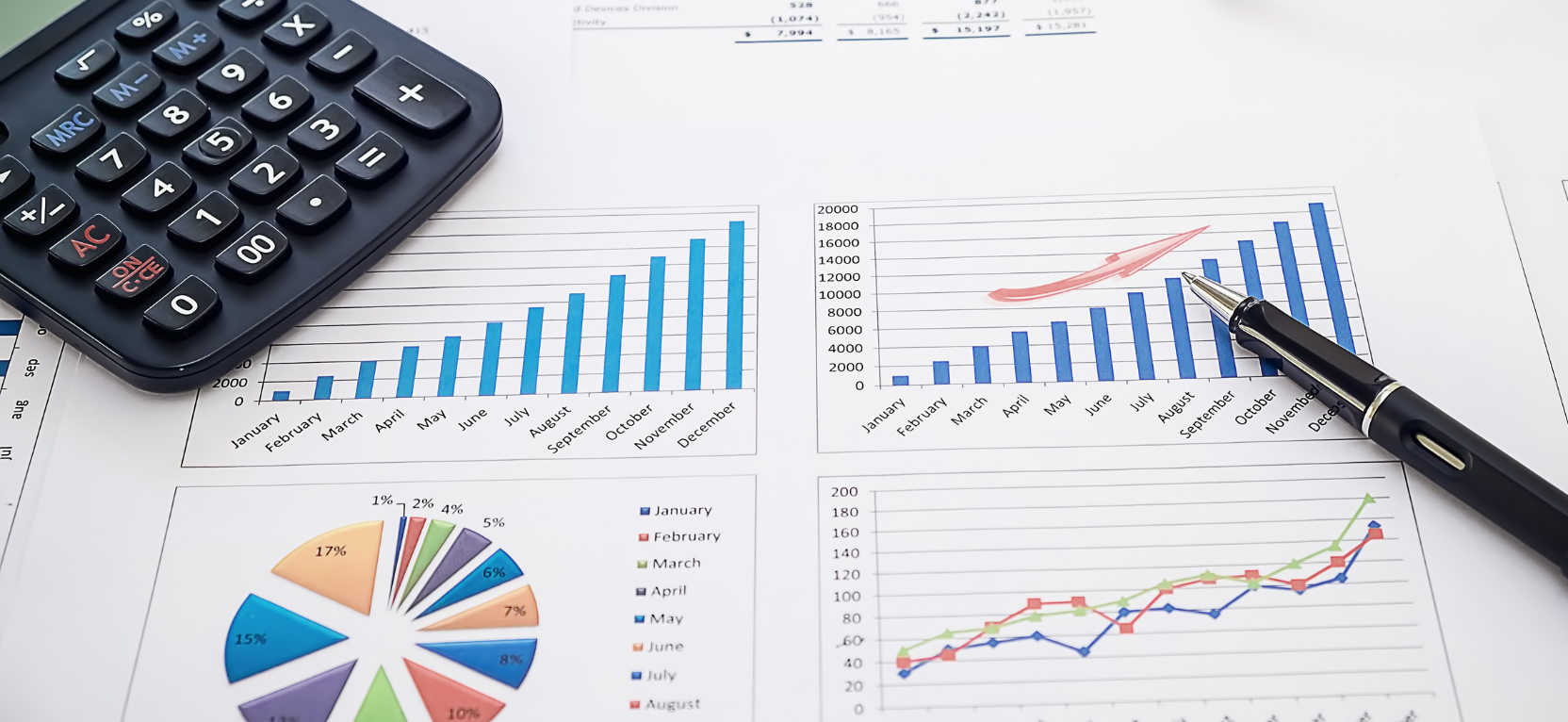With a 5.1% growth rate, the Dominican Republic’s economy ranked as the second-fastest-growing in Latin America and the Caribbean in 2024, surpassed only by Guyana (43%), according to the World Bank.
While the multilateral organization forecasts a slowdown for 2025 compared to the previous year, the best-performing economies will continue to be Guyana (12.3%) and the Dominican Republic (4.7%).
The Dominican economy is expected to grow at an average rate of 4.9% in 2025-2026, driven by structural reforms aimed at attracting foreign direct investment (FDI), according to the World Bank.
In 2024, the Central Bank of the Dominican Republic estimated a foreign currency inflow exceeding $43 billion, with tourism and remittances serving as key pillars, each contributing around $10.7 billion.
Last year, the Caribbean nation reported over 11.1 million tourist arrivals, marking a 48% increase compared to 2019, according to the Ministry of Tourism.
Meanwhile, FDI is projected to reach $4.5 billion, reflecting a 2.7% year-on-year growth, while exports from free trade zones are expected to exceed $8.5 billion.
Challenges for the Dominican Economy in 2025
According to Miguel Collado Di Franco, Executive Vice President of the Regional Center for Sustainable Economic Strategies (CREES), based in Santo Domingo, 2025 presents challenges for the Dominican economy due to the need for structural reforms that could boost growth, job creation, and revenue, while also reducing costs in labor markets, fuel, land transportation, and electricity distribution.
Additionally, the country must strengthen its institutional framework and legal security. “If these reforms are not implemented, we will remain highly dependent on external factors,” he warned.
The expert further emphasized that fiscal policy in 2025 should aim to break the vicious cycle of rising revenues and increased spending, which leads to persistent fiscal deficits financed through debt accumulation. He pointed out that any tax system reform should ensure that new revenues, combined with better expenditure management, lead to fiscal consolidation and, ultimately, debt reduction.
Economic Outlook for Central America and the Caribbean
According to the World Bank, economic growth in Central America is expected to rise to 3.5% in 2025 and 2026, supported by increased consumer spending. Costa Rica’s growth is projected to moderate to 3.5% in 2025 and 3.4% in 2026, while Panama, driven by service exports, is expected to rebound to 3% in 2025 and 3.5% in 2026.
Inflation across the subregion varies. El Salvador, Panama (both dollarized economies), and Costa Rica are experiencing inflation rates comparable to those in the United States.
Meanwhile, in Guatemala, Honduras, and Nicaragua, inflation has moderated compared to previous years, aligning more closely with central banks’ targets due to restrictive monetary policies.
In the Caribbean, economic growth is expected to remain strong, with rates of 4.9% in 2025 and 5.7% in 2026, following an estimated 7.7% surge in 2024. This performance is largely driven by Guyana’s continued economic boom, fueled by the expansion of its newly developed oil extraction sector.
Excluding Guyana, growth across the Caribbean subregion is projected to average 3.8% annually in 2025-2026.
Jamaica, still recovering from the impact of Hurricane Beryl, is expected to grow by 2.2% in 2025, before stabilizing at 1.6% in 2026.
Conversely, Haiti, which shares the island of Hispaniola with the Dominican Republic, faces high uncertainty due to ongoing violence and political instability.
The country is expected to emerge from recession with a modest 0.5% growth rate, following a 4.2% contraction, marking the weakest economic performance in Latin America.
For more information or inquiries, please contact us at info@central-law.com
Source: Bloomberg Linea




